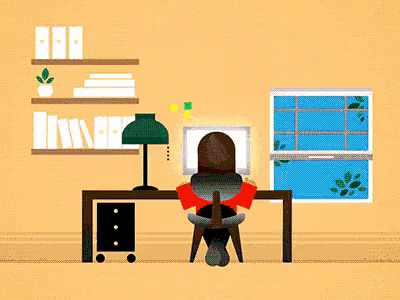Time as a Design Element in Architecture: Designing with the Invisible Dimension
Architecture's always been about more than space — it's about experience. And experience can't exist without time.
But although architects commonly discuss space, light, materials, and form, time is all too often an implicit presence — sensed but hardly ever openly discussed. But what if we begin to view time not only as a condition, but as an active design component?
Let's dive into how time informs our constructed world, affects our emotional attachment to it, and becomes an effective tool for architectural narrative.
What Does It Mean to Design with Time?
As a minimum, designing with time means recognizing that buildings are dynamic. They evolve, age, weather, and respond to the rhythms of life.
Time affects architecture in three ways:
Chronological Time – how a building evolves over days, seasons, and decades.
Experiential Time – how individuals navigate and experience space over time.
Cultural Time – how memory and context are instilled in design.
Let's dissect each of these.
1. Chronological Time: Architecture That Responds and Ages
Buildings exist in time. The dance of sunbeams across a wall, the rhythm of seasons transforming a courtyard, the wearing a way of stone — all these indicate the passing of time.
Time in a Day
Look at how light changes an area. An east-facing room welcomes morning sunlight with a golden light, but by mid-day becomes shadowed. Architects such as Tadao Ando and Louis Kahn employed light not only for illumination, but to produce spiritual experiences — uncovering space over time.
"The sun never knew how great it was until it hit the side of a building." — Louis Kahn
Design with daylight in consideration makes buildings timekeeping devices — sundials in and of themselves.
Time in the Seasons
Climate-responsive design (in mind: vernacular architecture) compensates for seasons of cycle. Summer sun-blocking screens might open to winter light. Materials that shrink and swell, facades that shift or patina with age — these are narrative of change and endurance over seasons.
Time in the Years
Materials decay. Wood turns grey, copper turns green, concrete cracks. Some architects welcome this — allowing buildings to mature with grace. The Japanese philosophy of wabi-sabi finds beauty in imperfection and decay. In a sense, these buildings become portraits of time.
2. Experiential Time: Architecture as Journey
Architecture is not something you view. It's something you move through. That movement occurs over time.
Excellent architecture directs and choreographs that movement.
Narrative Space
Consider the Guggenheim Museum in New York — a sweeping ramp which rises gently, moving visitors through space like the narrative of a story.
In Islamic gardens traditionally, water channels guide the eye and the body along a path, frequently symbolic of paradise. In both instances, time is organized — and space becomes a story.
Pause and Rhythm
In design, pacing is important. Just as with music or film, contrast produces rhythm. A small passageway opening into a big courtyard feels more dramatic due to the shift. By controlling how quickly or slowly individuals experience various moments, architects can choreograph emotion.
3. Cultural Time: History, Memory, and Storytelling
Architecture is also a repository of culture. Every structure either speaks of the past or prescribes a vision for the future.
Layering of Time
Rome, Kyoto, or Varanasi cities expose several centuries within a single street scene. In these, time can be seen in the layering of ages, styles, and materials.
When architects build within these environments, they talk to time — deciding to contrast, merge, or reinterpret history.
Memorials and Meaning
Buildings such as the Vietnam Veterans Memorial or Holocaust memorials do not simply take up space — they invoke moments in time. In their silence, material, or lack of form, they provoke consideration of the events that contribute to collective memory.
Designing for Time: Practical Tools for Architects and Students
But how might we intentionally employ time as a design tool?
Model Light and Shadow: Follow how light works with your design over seasons using software (or sunlight studies).
Design for Aging: Select materials that wear well, and plan wear tolerances.
Sequence Experiences: Consider your design as a narrative. What is the start, climax, and finish?
Layer Time in Context: Honor layered time in renovation work. Save or reinterpret it.
Plan for Flexibility: Structures evolve. Design spaces that are flexible — to future purposes, technologies, or climate conditions.
Why Time Matters in Design
Time injects emotion into architecture.
It's the distinction between a cold glass box and a building that feels like it belongs — in its location, in its time, in our memory.
When we're designing for time, we're not only designing how a building appears, but how it lives — how it ages, evolves, and shares stories years and years after we're no longer here.
Suggested Reading & Inspiration
Thinking Architecture by Peter Zumthor
The Timeless Way of Building by Christopher Alexander
Works by Kengo Kuma, Tadao Ando, and Alvar Aalto
Study traditional Islamic, Japanese, and Indian architecture to learn about time and space
Conclusion:
Time is intangible — but it's always there.
By applying it as a thoughtful design component, we make buildings do more than exist. They breathe, speak, and recall.
Whether you're an active architect, a student doodling in a notebook, or you're just someone who appreciates good design, learning to perceive and define time might be the most enduring skill of all.




Comments
Post a Comment